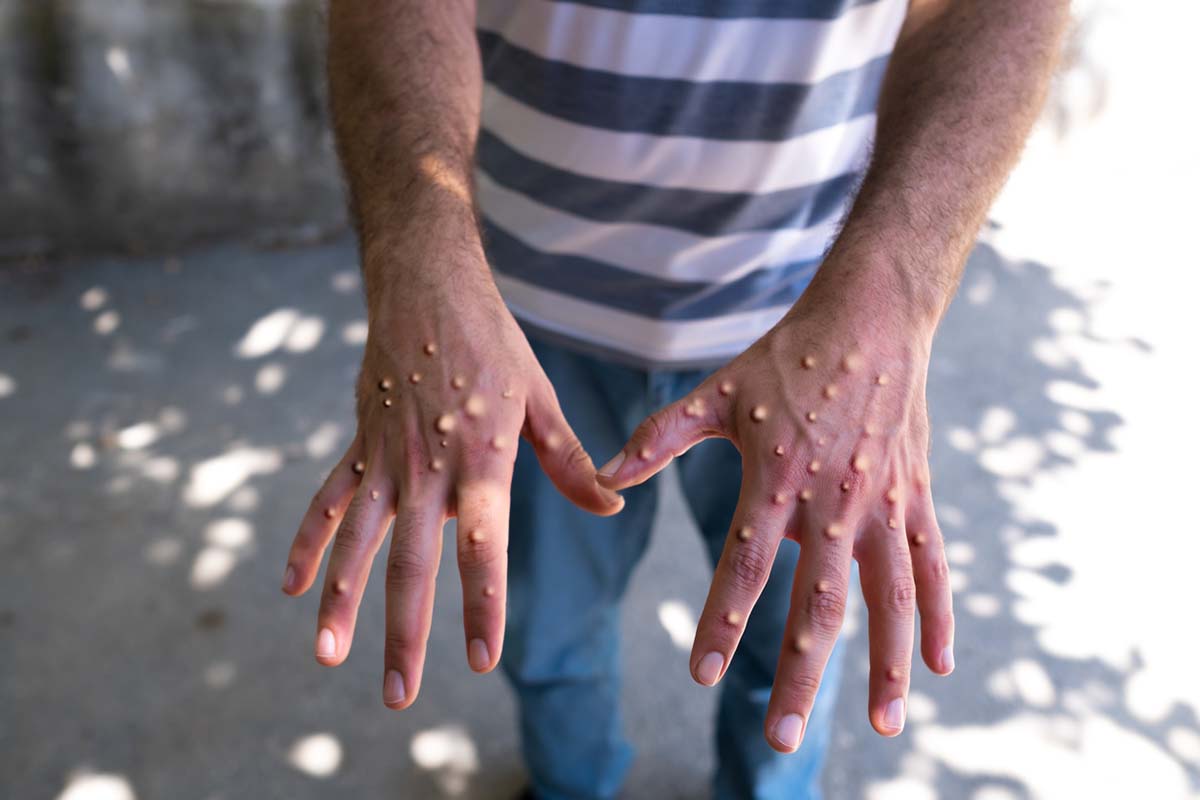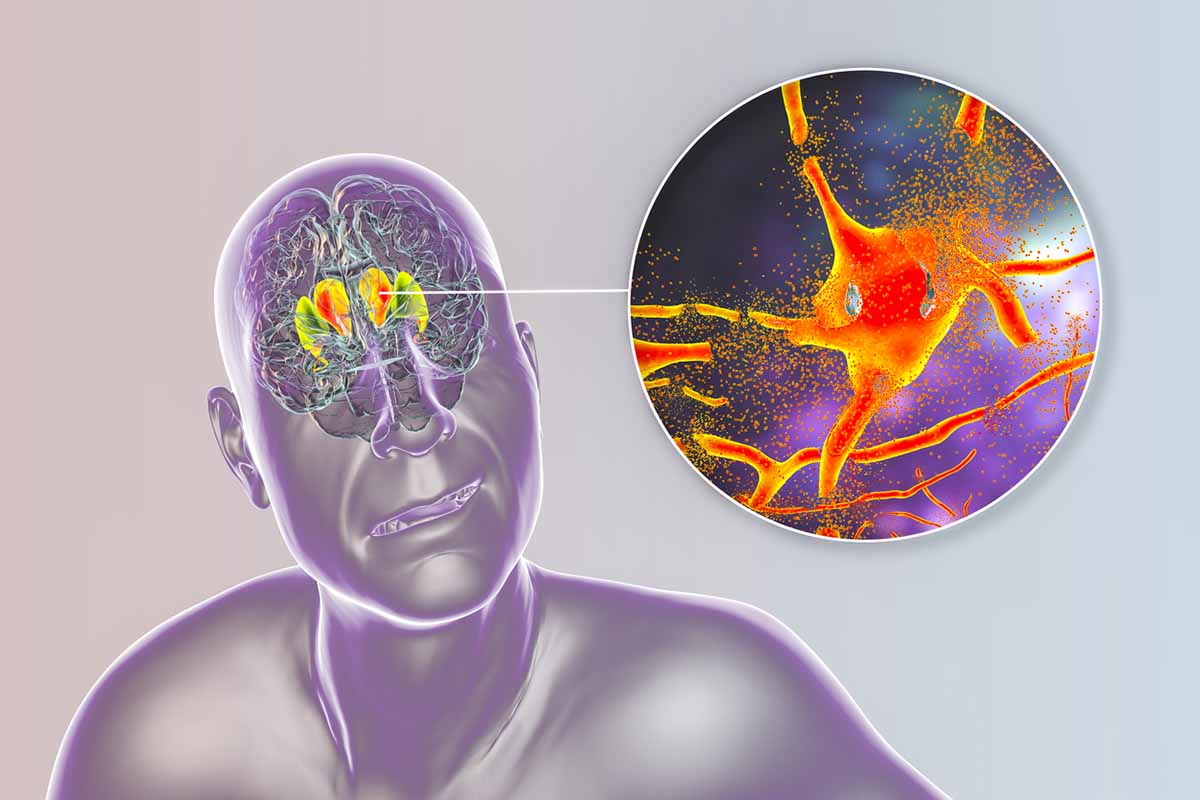Because this piece does not have an abstract, we have provided for your benefit the first 3 sentences of the full text.
To the Editor: Wilson’s disease is an autosomal recessive disorder in which copper accumulates in the brain and liver of affected individuals, resulting in a wide range of symptoms. Most individuals with Wilson’s disease have neurologic sequelae such as dystonia, parkinsonism, and extrapyramidal symptoms. Patients also experience psychiatric manifestations, such as irritability, impulsivity, personality changes, and depression.
Dextromethorphan/Quinidine For Neuropsychiatric Manifestations of Wilson’s Disease
To the Editor: Wilson’s disease is an autosomal recessive disorder in which copper accumulates in the brain and liver of affected individuals, resulting in a wide range of symptoms. Most individuals with Wilson’s disease have neurologic sequelae such as dystonia, parkinsonism, and extrapyramidal symptoms. Patients also experience psychiatric manifestations, such as irritability, impulsivity, personality changes, and depression. Neurologic damage that occurs prior to treatment is often permanent.1 We describe a case in which dextromethorphan/quinidine was utilized to treat mood lability in an individual with Wilson’s disease intolerant of other agents.
Case report. Ms A, a 34-year-old woman with a 14-year history of Wilson’s disease, was treated for neuropsychiatric manifestations of the disorder in a clinic for individuals with neurologic deficits or traumatic brain injuries. Her symptoms consisted of mood lability, depression, impulsivity, dystonia, and parkinsonian features such as hypophonia, hypomimia, bradykinesia, impaired fine motor coordination, and an ataxic gait. She had no family history of Wilson’s disease, but there was a family history of Parkinson’s disease. She was first diagnosed with Wilson’s disease at age 20, and her initial chelation therapy resulted in a paradoxical worsening of her neurologic symptoms, most likely resulting in further neurologic damage. Since being stabilized, Ms A has been maintained on zinc acetate to prevent further copper accumulation. Prior treatments included lithium, haloperidol, chlorpromazine, and olanzapine. No therapeutic effect was observed with these treatments but rather a worsening of extrapyramidal symptoms and no change in mood lability and impulsivity. Notably, use of first-generation neuroleptics has been cautioned against in Wilson’s disease.2 Ms A had also been started on quetiapine, which has been shown to have a lower risk of causing Parkinsonian symptoms. However, despite a sustained treatment dose of 400 mg for 4 months, quetiapine was discontinued due to lack of efficacy and the emergence of akathisia.
Dextromethorphan/quinidine was started and titrated to 20/10 mg twice a day. There was a marked improvement clinically in mood lability and impulsivity, with a Clinical Global Impressions—Improvement scale (CGI-I) score of 2 indicating response and no worsening of her extrapyramidal symptoms.
Dextromethorphan/quinidine is approved by the US Food and Drug Administration for the treatment of pseudobulbar affect, a condition consisting of uncontrolled laughing or crying and mood lability. Dextromethorphan/quinidine was initially studied in hopes of slowing amyotrophic lateral sclerosis progression. While ineffective in this regard, dextromethorphan/quinidine was found to reduce episodes of emotional lability, resulting in approval for pseudobulbar affect.3
Dextromethorphan is a sigma-1 receptor agonist and noncompetitive N-methyl-d-aspartate receptor antagonist. Sigma-1 receptors are distributed throughout the brain with a dense localization in the limbic system, suggesting a role in stress and mood regulation.3 Additionally, agonism of these receptors inhibits glutamate neurotransmission in the cerebellum and brainstem.4 If abused, dextromethorphan, the chief ingredient in over-the-counter medications such as Coricidin and Robitussin DM, can induce stimulation, euphoria, and dissociative states. However, the threshold for euphoria and stimulation is 100-200 mg and for dissociative states is 200-400 mg, making it unlikely that dextromethorphan/quinidine would be abused.5 Quinidine functions to increase plasma levels of dextromethorphan by competitively inhibiting cytochrome P450 2D6, which metabolizes dextromethorphan. Dextromethorphan/quinidine is, in this sense, analogous to carbidopa/levodopa, a treatment for Parkinson’s disease, in that quinidine serves to prevent the breakdown of dextromethorphan like carbidopa serves to prevent the peripheral conversion of levodopa into dopamine.
Excess glutamate can result in neuron excitotoxicity and cell death and may be a factor in traumatic brain injuries and chronic neurologic disorders.6 Dextromethorphan/quinidine may lower available glutamate and so reduce emotional lability and impulsivity. A previous case report4 demonstrated that dextromethorphan/quinidine was effective in treating aggression and agitation associated with a cerebellar injury. The positive response in our case with abolition of mood lability suggests that this compound may have some mood stabilization properties. This case report appears to be the first to show benefit with dextromethorphan/quinidine in treating mood lability and stabilizing mood in Wilson’s disease.
REFERENCES
1. Bandmann O, Weiss KH, Kaler SG. Wilson’s disease and other neurological copper disorders. Lancet Neurol. 2015;14(1):103-113. PubMed doi:10.1016/S1474-4422(14)70190-5
2. Carta MG, Mura G, Sorbello O, et al. Quality of life and psychiatric symptoms in Wilson’s disease: the relevance of bipolar disorders. Clin Pract Epidemol Ment Health. 2012;8:102-109. PubMed doi:10.2174/1745017901208010102
3. Rosen H. Dextromethorphan/quinidine sulfate for pseudobulbar affect. Drugs Today (Barc). 2008;44(9):661-668. doi:10.1358/dot.2008.44.9.1258664 PubMed
4. Daly JP, Caplan JP. A naturalistic on-off-on trial of dextromethorphan/quinidine for agitation associated with cerebellar injury. Psychosomatics. 2012;53(5):470-473. PubMed doi:10.1016/j.psym.2011.11.001
5. Burns JM, Boyer EW. Antitussives and substance abuse. Subst Abuse Rehabil. 2013;4:75-82. PubMed
6. Mattson MP. Excitotoxic and excitoprotective mechanisms: abundant targets for the prevention and treatment of neurodegenerative disorders. Neuromolecular Med. 2003;3(2):65-94. PubMed doi:10.1385/NMM:3:2:65
Author affiliations: Department of Psychiatry, Rowan University School of Osteopathic Medicine, Cherry Hill, New Jersey.
Potential conflicts of interest: Dr O’ Reardon has received research support from Stanley Medical Research Institute and Neosync. Dr Faden reports no conflicts of interest related to the subject of this letter.
Funding/support: None reported.
Published online: November 19, 2015.
Prim Care Companion CNS Disord 2015;17(6):doi:10.4088/PCC.15l01820
Please sign in or purchase this PDF for $40.00.





